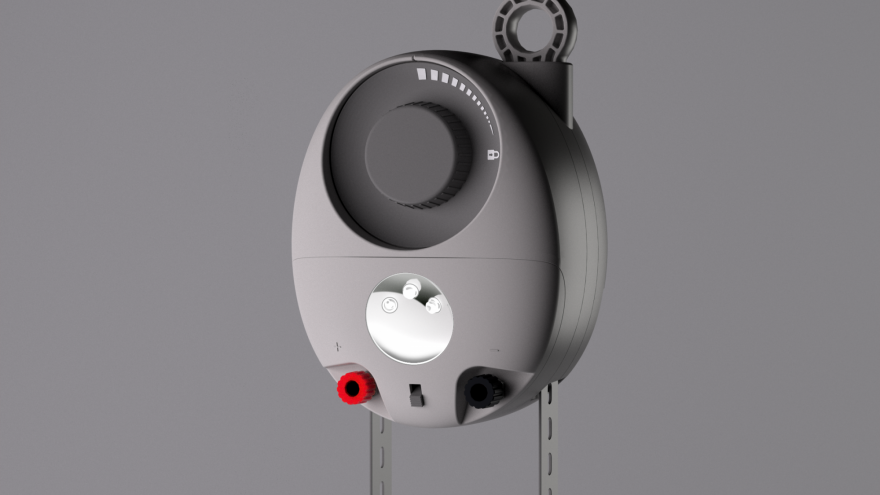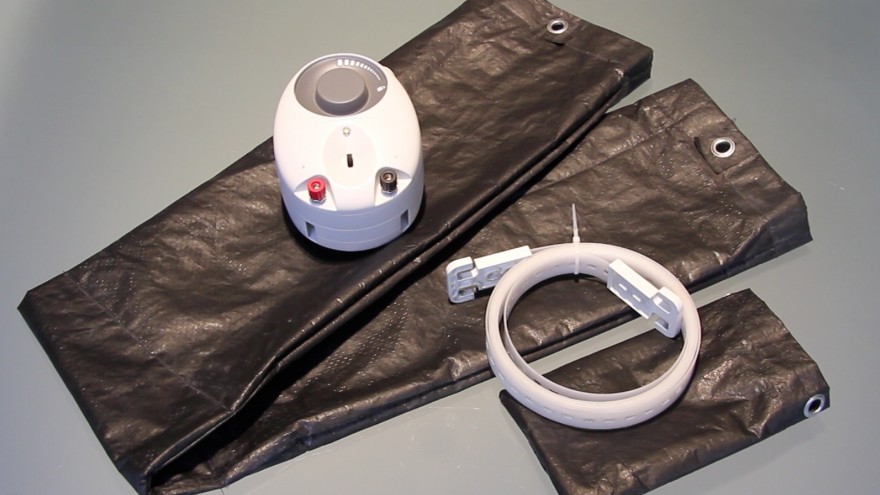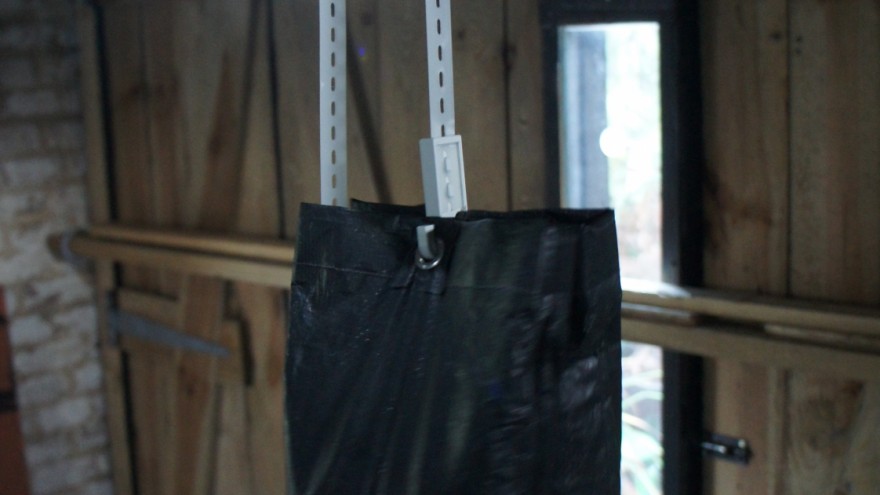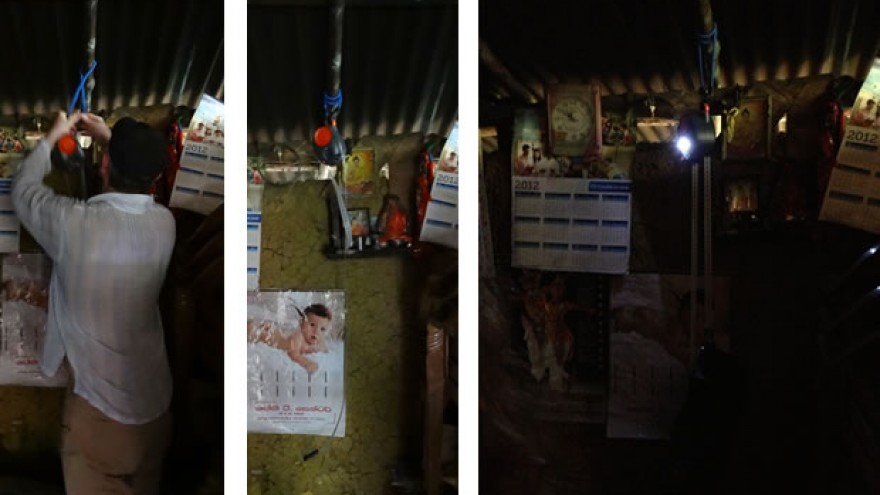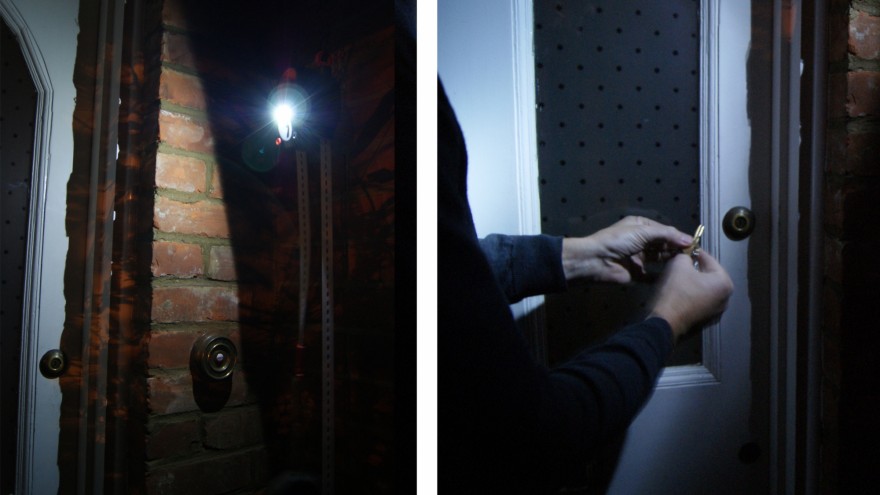From the Series
The health risks and financial burdens resulting from the use of kerosene lamps in developing countries is significantly high.
The World Bank estimates that some 780 million people inhale kerosene fumes equivalent to the volume of smoking two packets of cigarettes a day, while the cost of the kerosene lamps can consume as much as 20% of household income.
The Gravity Light by Martin Riddiford and Jim Reeves seeks to address this issue with the help of gravity. The duo’s concept turns rocks, sand and earth into bright lights for millions of people.
With something of a revolutionary approach to storing energy and creating light, the Gravity Light is essentially a bag filled with about nine kilograms of material – things like earth, rocks and sand – which is then hung from a cord below the light. As the bag descends, a series of gears inside the device translates this weight into energy, providing 30 minutes of light. And this happens completely free of charge!
It takes no more than three seconds to lift the weight that powers the Gravity Light, yet a three second lift creates 30 minutes of light. The light strength can be adjusted, from strong task lighting to a longer-lasting low-level glow, and two terminals on the front allow it to be used as a generator so it can recharge other devices including radios and batteries.
As the design becomes more refined and mass produced the creators hope to bring the cost of a Gravity Light to the consumer to less than $5.
Gravity Light is a finalist in the Home category of the INDEX: Award 2013.

